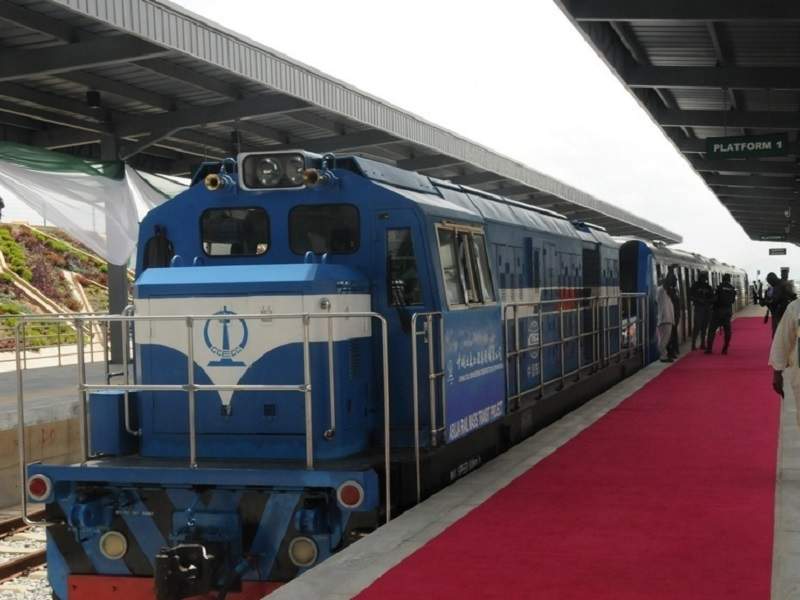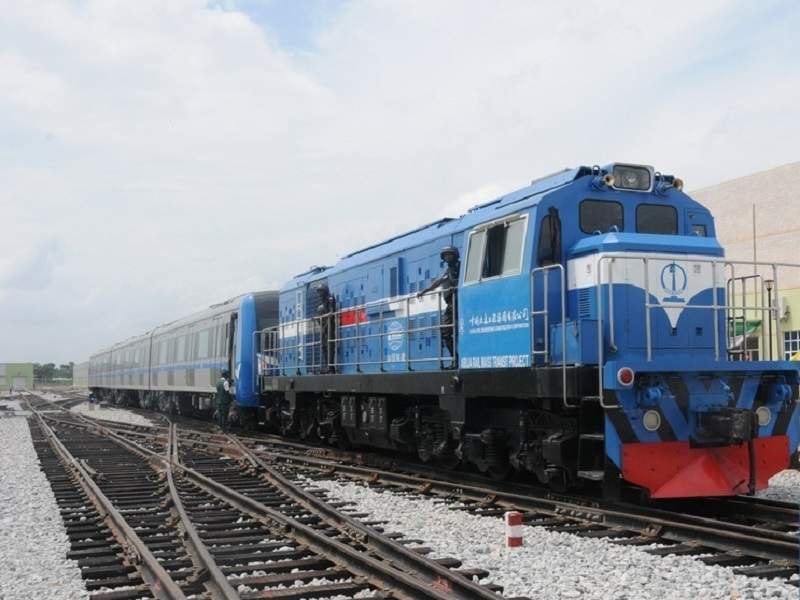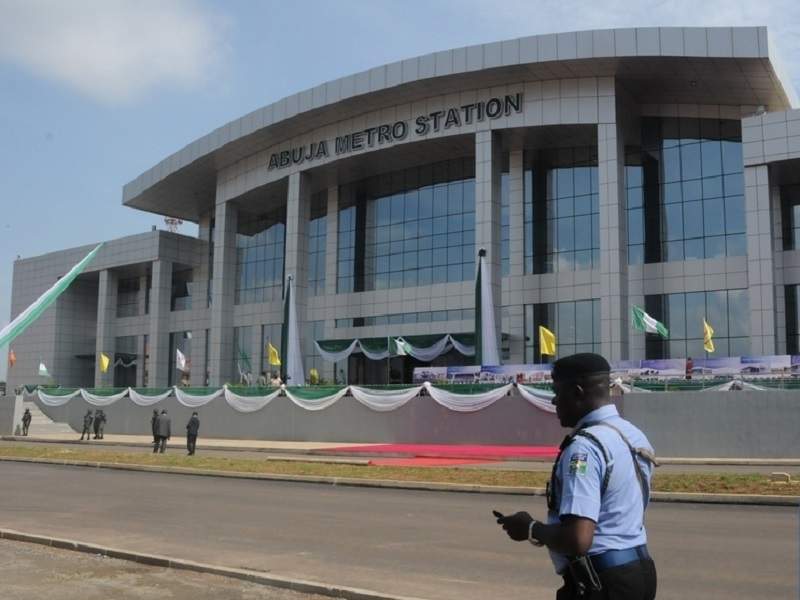Abuja Light Rail System is a new light rail network being developed in Abuja, the capital city of Nigeria. It is the first light rail system being developed in Western Africa.
The first phase of the light rail system was commissioned by the President of Nigeria in July 2018. It is operated by China Civil Engineering Construction Corporation (CCECC).
The Abuja Light Rail System is mainly intended to reduce the traffic congestion and offer an enhanced travel experience to the commuters in the Federal Capital Territory (FCT) region of Abuja.
Abuja Light Rail System details
The Abuja Light Rail System is an integral part of the Abuja Rail Mass Transit System and the FCT Transportation Master Plan. The project is being implemented in six lots. A feasibility study for the remaining lots is under progress.
The project was initially proposed in 1997 but faced numerous delays due to funding issues. CCECC Nigeria was awarded a contract for the construction of lots one and three under the project in May 2007.
The light rail network developed under the first phase has a total length of 45.2km. Lot 1, also known as the Blue Line, has a length of 17.89km and connects Nnamdi Azikwe Expressway with the Abuja metro station (transportation centre) and runs through Gwagwa and Kubwa.
The 27.2km-long Lot 3, or the Yellow Line, connects the transportation centre with the Nanmadi Azikwe International Airport.
The two lines include 12 stations, 13 bridges, 21 operational offices, nine pedestrian overpasses, and 50 culverts.
A three-month test run was conducted prior to the commissioning of the light rail system.
Rolling stock for Abuja Light Rail System
The rolling stock contract for the Abuja Light Rail System was awarded to China Railway Rolling Stock Corporation (CRRC).
The initial fleet of rolling stock operating on the network comprises three trains with three rail cars each. The train set can accommodate more than 300 passengers.
Light rail vehicles are specifically designed to operate on standard gauge tracks. The stainless-steel railcars have a length of 19m and a width of 2.8m. The roof and rail are separated by a height of 3.8mm, while the diameter of the wheels is 840mm.
Electricity required for operation of the system will be supplied by a dedicated overhead contact line system. A line voltage of 1,500V DC is required for the seamless operation of the light train fleet.
The voltage range of the train sets usually varies between 1,000V and 1,800V DC, and the on-board traction has a maximum capacity of 190kW. The maximum service speed attained by the train set is 80km/h. The rate load on the axle can never exceed 14t.
Trains are currently being hauled by diesel locomotives as electrification works on the line are yet to be completed.
Funding
The estimated investment for the development of the Abuja light rail project is $824m. The Federal Capital Territory Administration (FCTA) used loans from the Exim Bank of China to fund approximately 60% of the project.
FCTA also signed an infrastructure soft loan agreement with the Exim Bank of China for the procurement and maintenance of 16 light train sets with three rail cars each. The $194m loan agreement is valid for a term of three years.
The bank committed to fund $157m of the total cost incurred on the procurement and maintenance of train sets for lots one and three. The remaining $37m is provided by the counterpart fund of the FCTA.






